The Gion district is one of Kyoto’s oldest neighbourhoods. The streets seem to surge with history, but this area is unique because it is one of the last remaining places where you can see real Geishas in Japan. Up and down these streets, you can keep your eyes open and see if you can catch a glimpse of a Geisha on her way to a tea house where exclusive guests enjoy an evening of traditional Japanese entertainment.
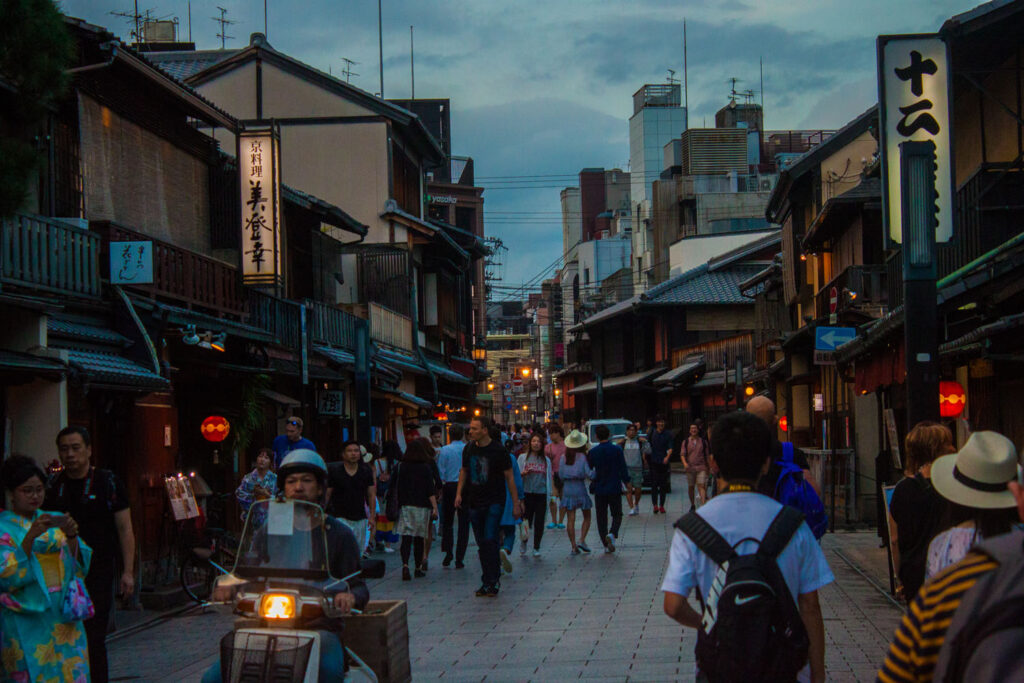
- History
- Access
- When To Go?
- Map of Walking Tour
- Maruyama Park
- Yasaka Shrine
- Shijo-Dori
- Hanamikoji South
- Ichiriki-tei
- Geikos and Maikos
- Patisserie Gion Sakai
- Hanamikoji North
- Maiko Lessons
- Gion Tatsumi Bridge
- Tatsumi Daimyojin Shrine
- Shirakawa Canal
- Kyōto Minami-za Theatre
- Temple of Chugen-ji
- Kamo River Bridge
- Pontocho Alley
- Torisei Shijo Kiyamachi
- Kiyamachi Dori
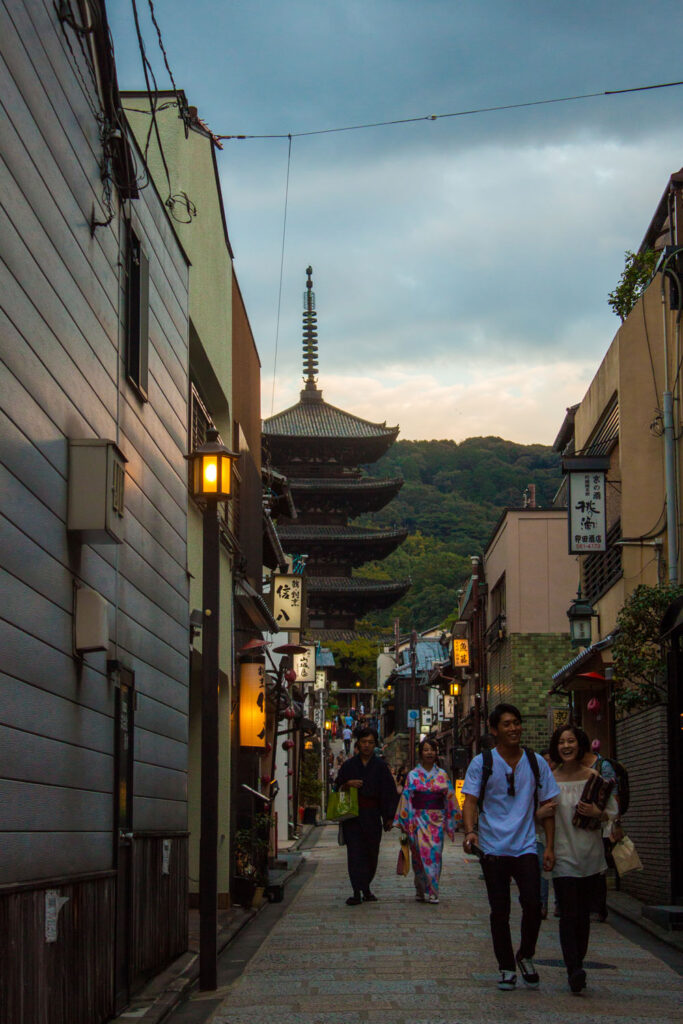
History
Kyoto was the Imperial capital of Japan from 794 -1869. As a great metropolis, it required the best entertainment for its dignitaries and foreign guests. Unlike many movie portrayals or common myths, Geishas or ‘Geikos‘ are not escorts or prostitutes. They are professional entertainers. Geikos and Maikos are the words for Geishas and Geishas-in-training in Kyoto. Geiko literally translates into “a woman of art.” Geikos are trained in all the different art forms of traditional Japanese art. They will be proficient in playing music, painting, flower arranging, singing and dancing.
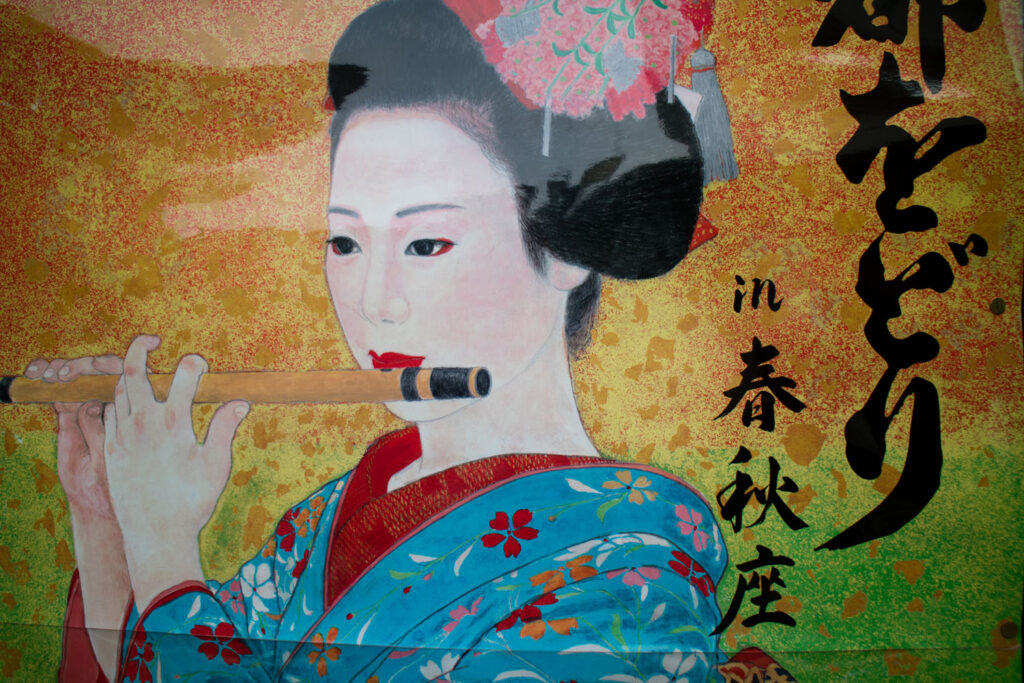
Access
Gion is located along the Kamo River and can be easily reached by public transit. The closest train station is the Gion Shijo Station on the Keihan Line and Kawaramachi Station on the Hankyu Line. You can also reach the area by bus #100 or #206 and get off at the Gion bus stop. Public transit costs only 230 yen ($2 US). If you choose to take a taxi, you can ask for it to drop you at the first location, Maruyama Park. However, taxis are pretty pricey (at least $15 US and up depending on your departure location), so I’d advise public transit.
When To Go?
This tour aims to take you around the historic area of Gion while stopping in at the Gion Theatre to see a show in the middle of the tour. This part is totally optional, and you can easily just continue on from there without attending. But I think seeing a performance at the theatre is a great introduction to the art of being a Geisha and gives you an idea of what’s going on behind those closed tea house doors. The performances are at 6:00 pm and 7:00 pm, and I would aim to get a ticket for the 7:00 pm show to give yourself enough time to explore the north-western parts of Gion.
The best time to start this tour is around 5:30 pm, just before dusk. Most of the earlier parts of the journey are best seen when it’s light out, but Gion takes on a different shape when night falls. The red lamps are lit, reflecting off the water like stars in the sky. Any sign of modernity seems to dissipate, and you feel like you’ve stepped back in time. Just before dusk, the Geishas will exit their apartments and head to the tea houses for their nightly routines. If you want to see one, this is your best opportunity! Use this map at the bottom of this post to help navigate your way around Gion, but since it’s a small area, don’t worry about getting lost!
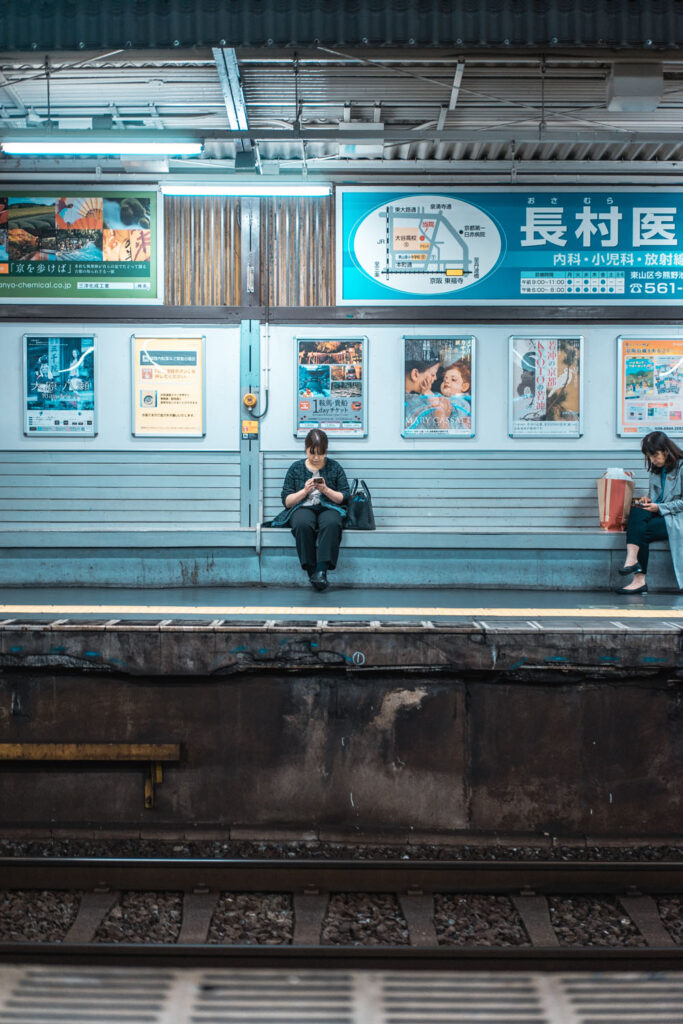
Map of Walking Tour
Maruyama Park
Start your walking tour of Gion inside Maruyama Park. If you’re lucky enough to visit Maruyama Park during cherry blossom season, you’re in for a real treat. This park is the best place for cherry blossom viewing in Kyoto. The most impressive sight here is the ‘shidarezakura,’ a weeping cherry tree which lights up at night. It’s truly an ethereal sight! The garden feels like a treasure even during the rest of the year. It is even designated as a National Place of Scenic Beauty.’
Yasaka Shrine
From the park, walk through the winding pathways to Yasaka Shrine, which sits just at the end of Shijō Street. Yasaka is the spiritual centre of Gion and the reason everything around it exists. In the middle ages, hundreds and thousands of people came through this area to make a pilgrimage to the shrine. The neighbourhood was built around it to feed and house all the travellers passing through.
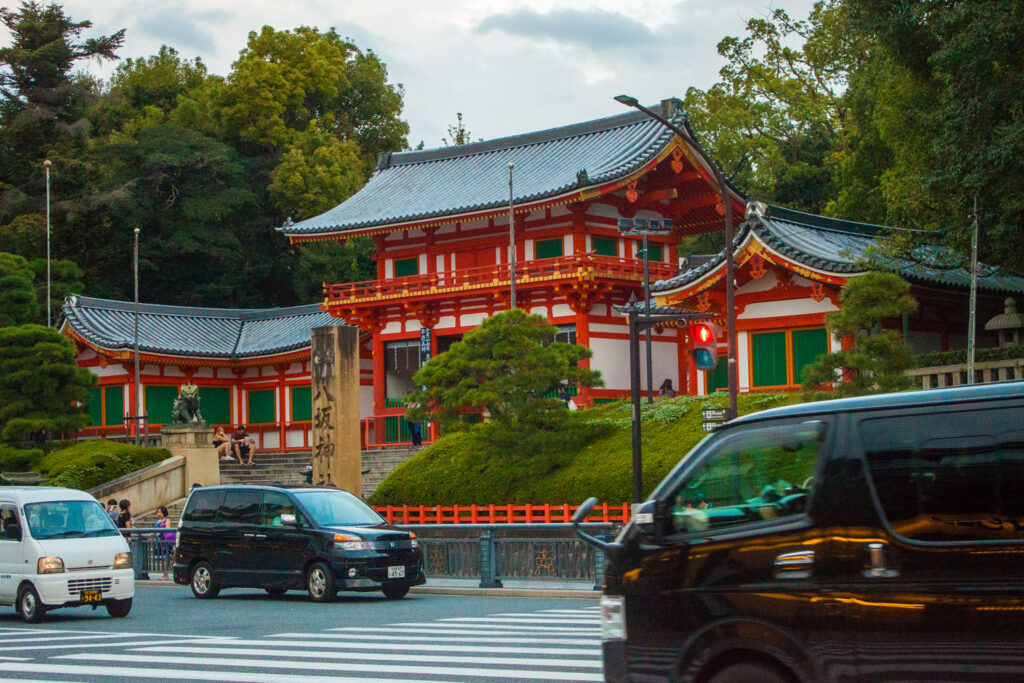
A shrine has stood on this site since 656, but the Yasaka Shrine was founded in 1350. It was built to honour Susanoo-no-Mikoto, a Japanese god who defeated an eight-headed serpent and saved the citizens of Kyoto from many disasters. This temple comes alive in a different way during the evening or at dusk. The hundreds of lanterns hanging outside the temple, each one donated from a local business with their name inscribed upon it, are lit up when the sun goes down. It is a remarkable site to see against the backdrop of the bright, vermilion-painted torii gates.
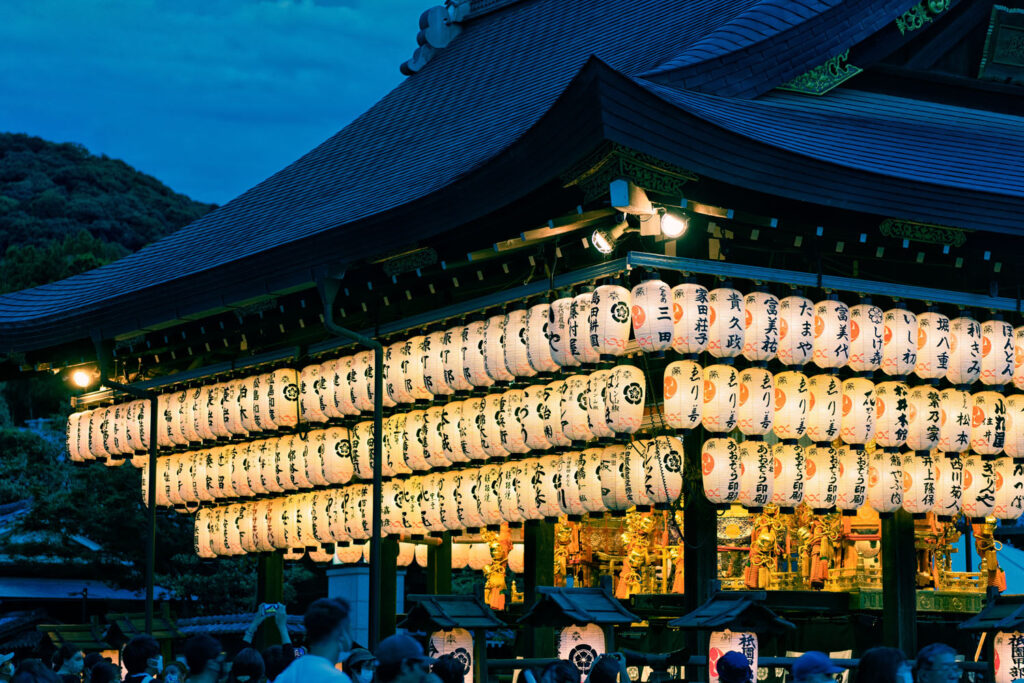
Shijo-Dori
After touring the temple, head down to Shijo-Dori, Shijo Dori (dori means street) is the best place to shop in Gion. Here you can find traditional sweet shops, pickles and handicrafts all along this green-roofed and lantern-covered street. This is the most modern area of Gion, with offices and some big-name brands, but any roads that branch off from Shijo will take you right back in time.
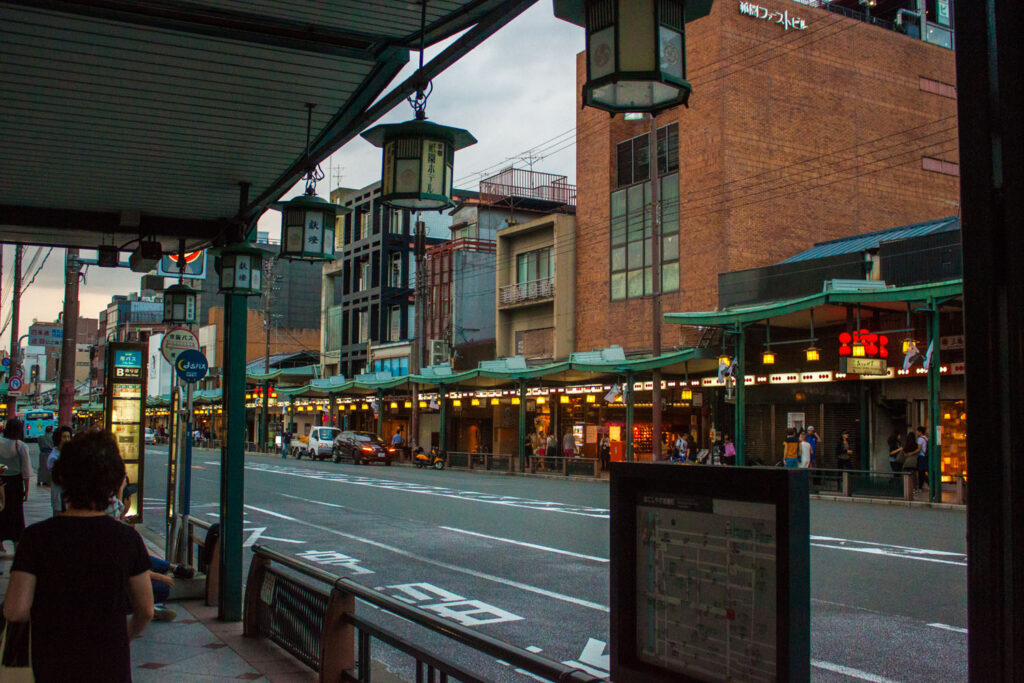
Hanamikoji South
A few steps down the street along Shijo-Dori, turn right onto Hanamikoji. Hanamikoji is the real heart of Gion. It is where you’ll find the best-preserved aspects of the city’s architecture and culture. Along this street, it feels as though time has stopped. Hanami-koji means “blossom viewing lane” since during the cherry blossom season, this street explodes with blooms and feels like they encompass the entirety of the skyline.
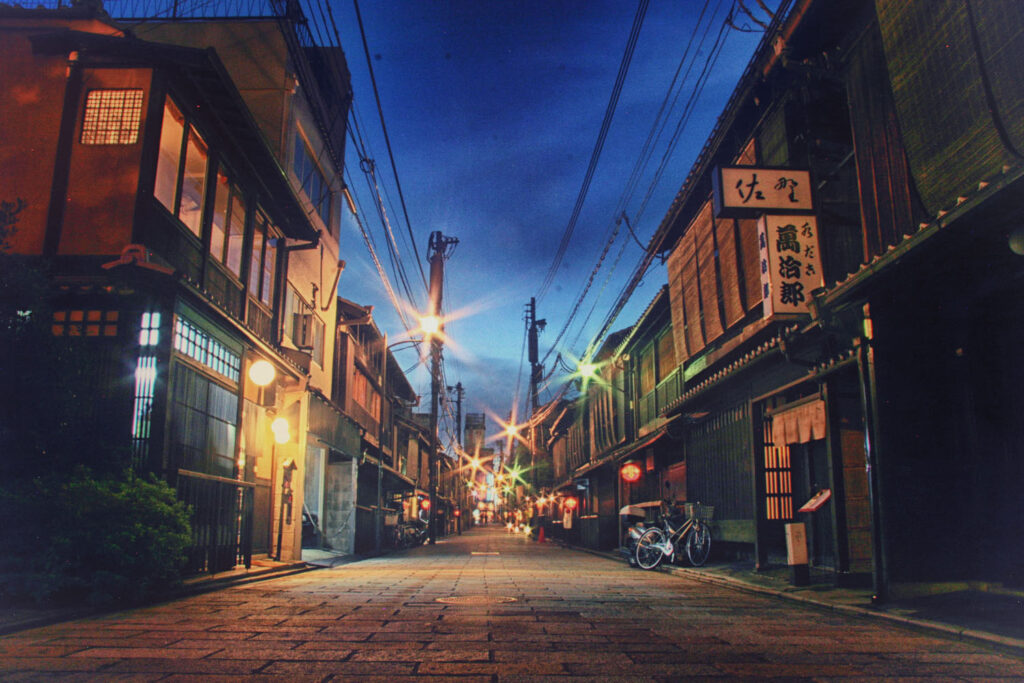
Along this street, you’ll find some of the oldest establishments in Kyoto called ‘ochayas,’ or teahouses and ‘Machiya’ or ‘townhouses.’ The buildings are all designed similarly, reflecting aspects of traditional Kyoto architecture. They are mostly made of wood, with no windows on the streets to protect the identity of their customers. Each has a wooden lattice facade that runs halfway up the house’s exterior and is topped with baked tile roofs. Most of the houses are unpainted, although the ones which cater to Geishas are given a coat of red or scarlet paint to distinguish them from the rest in a subtle way. Elegantly dressed bouncers wait in from of open doorways, secretly ushering in the elite customers and elegant Geishas away from the rabble on the street.
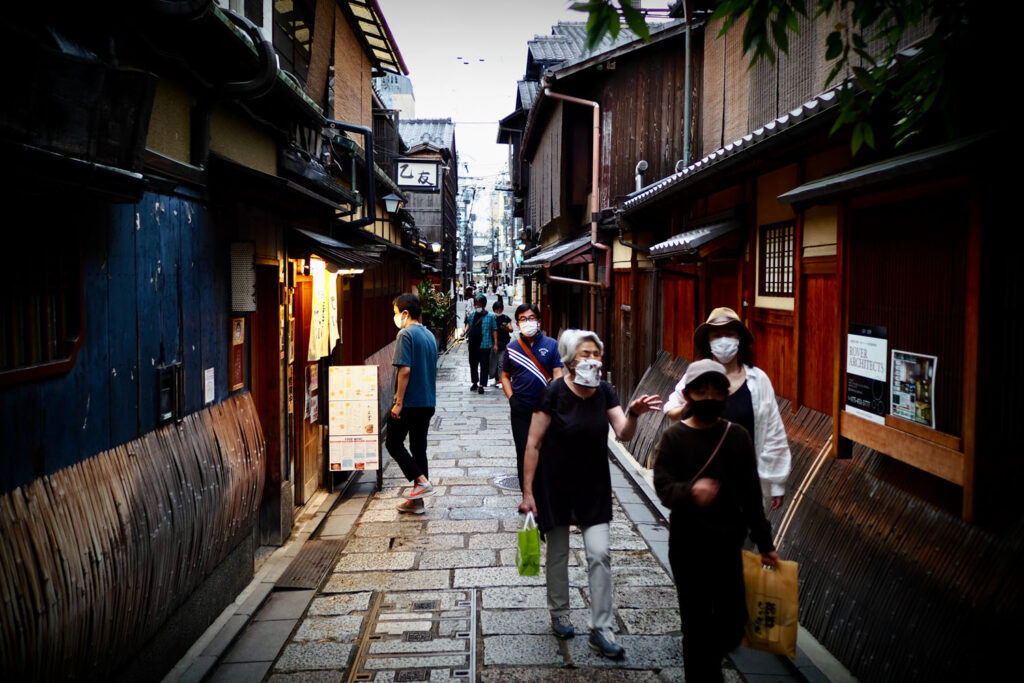
About Geishas
There aren’t many options for those wondering how you can experience an evening with a Geisha for yourself. Most Geishas are extremely expensive, even if you can get the contacts to book a dinner with them. They don’t just have a phone line or website where you can make a reservation. You need to know someone who can give you a reference to get you in. Some tourist services offer evening dinners with “geishas,” but often, these aren’t real. More often than not, it’s just a woman in a costume pretending to be a geisha.
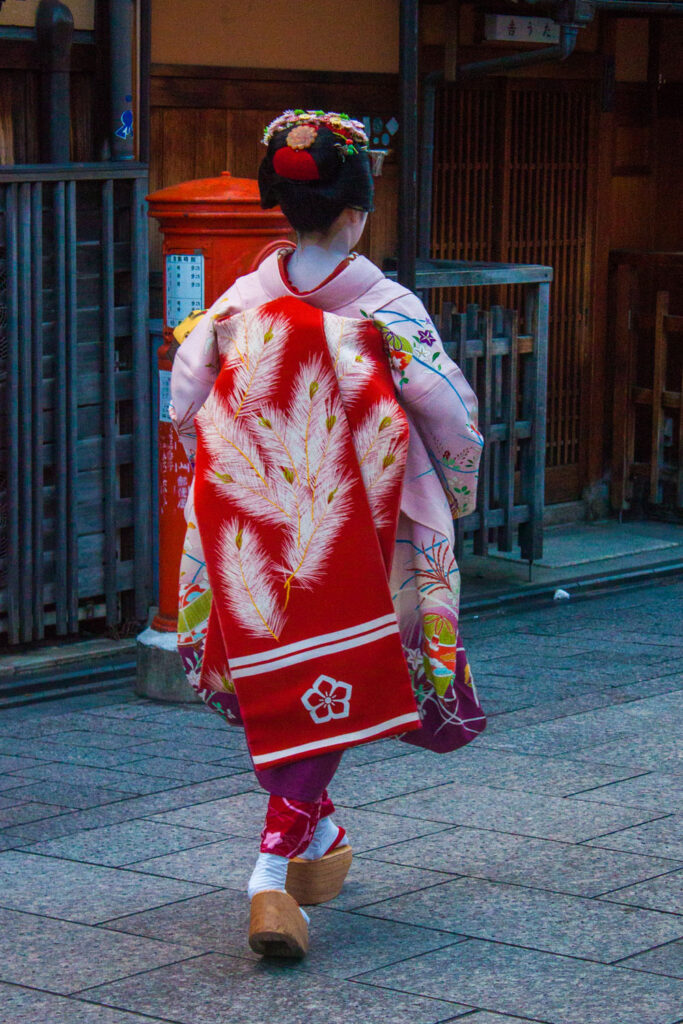
Remember, if it’s the real thing, it will cost a pretty penny, so if you feel like it’s too good to be true – it is. If you manage to get the right introductions to make a reservation, an evening’s entertainment will start at $700 US, and that’s not even including dinner or drinks.
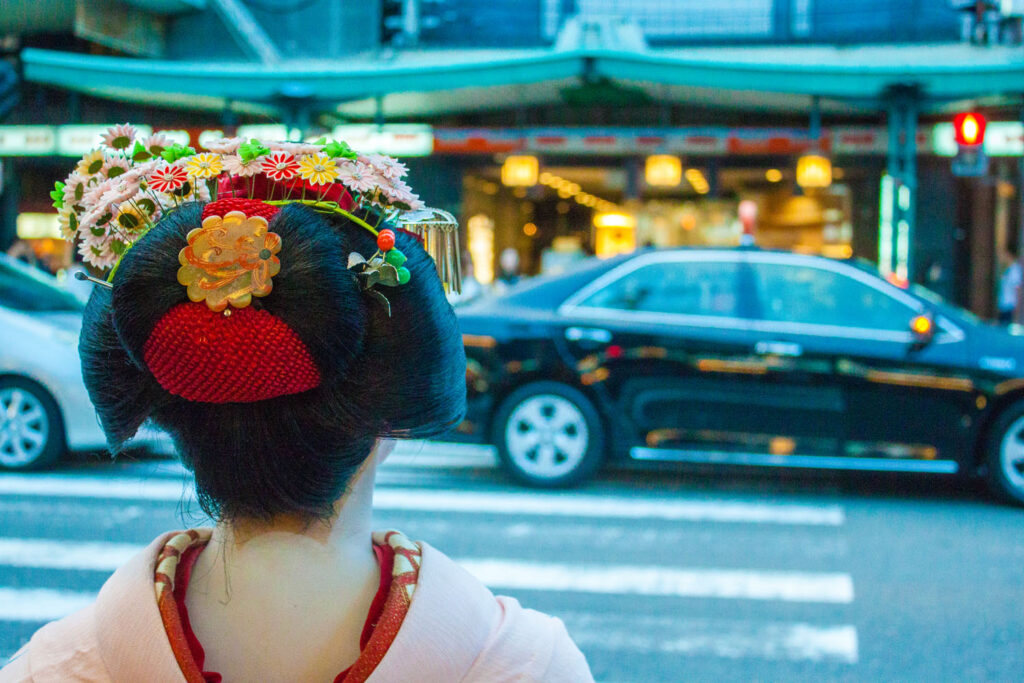
Red Lanterns
The red lanterns that hang outside humble townhouses are used to indicate these are ‘ochayas.’ Guests will enjoy an evening of entertainment and fine dining hosted by the Geishas and their house mother. They will sing and dance for their guests while food is served. Geishas are also incredible musicians and will often treat their guests to songs played on the Shamisen (a smaller and thinner kind of guitar), the Koto (the national instrument of Japan played like a horizontal guitar), the Shakuhachi (a bamboo flute) and the Tsuzumi (a small tribal drum). Geishas delight in playing traditional Japanese drinking games with the most excellent sake with the businessmen.
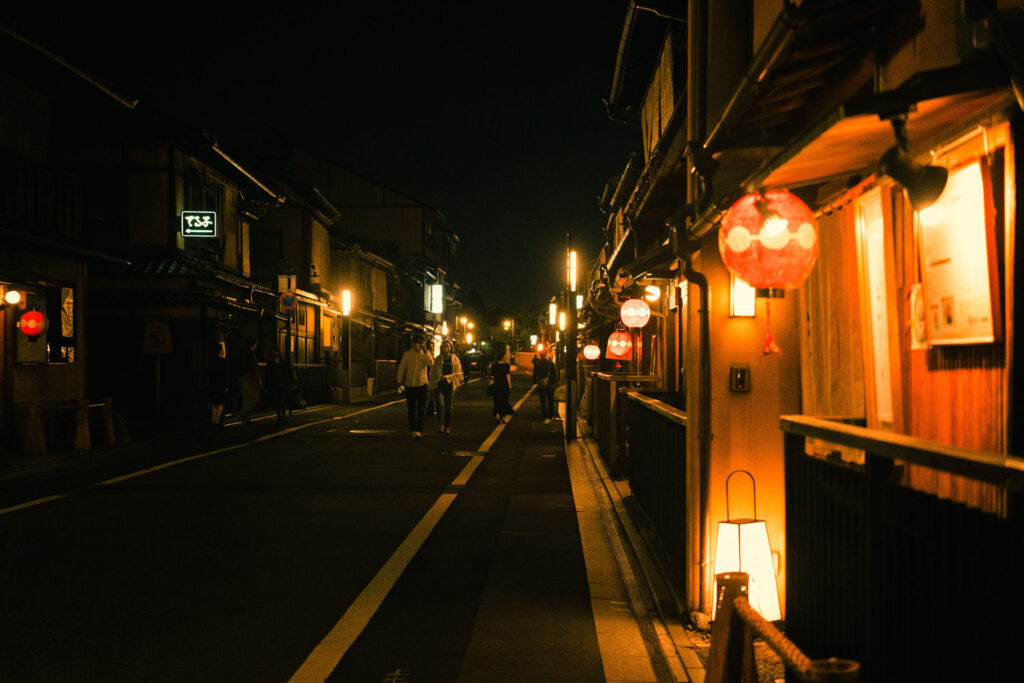
Ichiriki-tei
A few steps down the Hanamikoji is Ichiriki-tei or Ichiriki Tea House. This is the most famous tea house in a 300-year-old red-painted house. Ichiriki-tei’s reservations are by invitation only, and the people coming in and out of its doors are sure to be of great importance. It has been the scene of many samurai plots over the years and where prominent governmental figures met and discussed the future of their great city. Although you might not be able to get inside, seeing this iconic building, even from the outside, is truly special.
Geikos and Maikos
Hanamikoji is the best place to spot a Geisha, so keep your eye peeled. Geisha are more appropriately called Geikos and Maikos. You’ll also see dozens of tourists dressed in fancy kimonos and some fake Geishas posing for pictures. If you’re trying to spot a real Geisha, there are ways to identify them. Maikos (Geishas in training) will have decorations like flowers in their hair, while a Geiko (a fully trained Geisha) will not. Also, the Maikos obis (the belt they wear around their kimono) will stretch almost to the ground.
In contrast, the Geikos obi is neatly folded around her back. The ultimate way to tell the difference is through the shoes. Geikos have flat shoes called ‘zoris’ while the Maikos wear the iconic mile-high platforms called ‘okobos.’
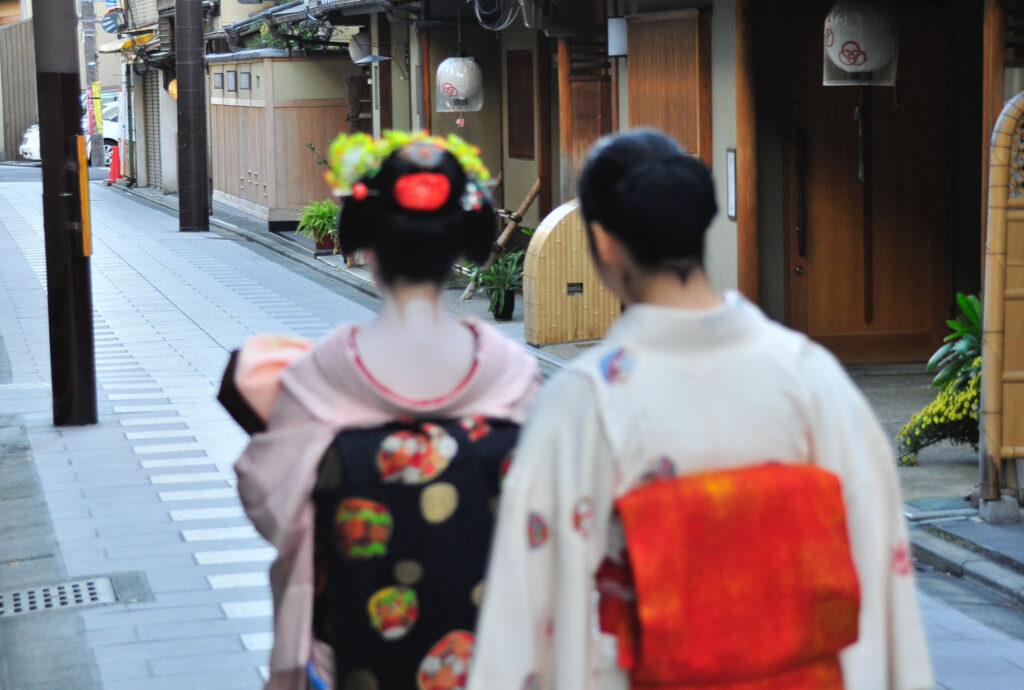
The Geikos have a much more subdued appearance than their trainee counterparts because these women have already made it and don’t need to show off. To become a real Geiko or Geisha, you must go through years of rigorous training. Most girls start training at the age of 15. Then they attend Geisha schools where they learn all the skills required to entertain their guests. Since they are not making any money, their home mother pays for their schooling, training and clothing. The house mother is also called the ‘okasan.’
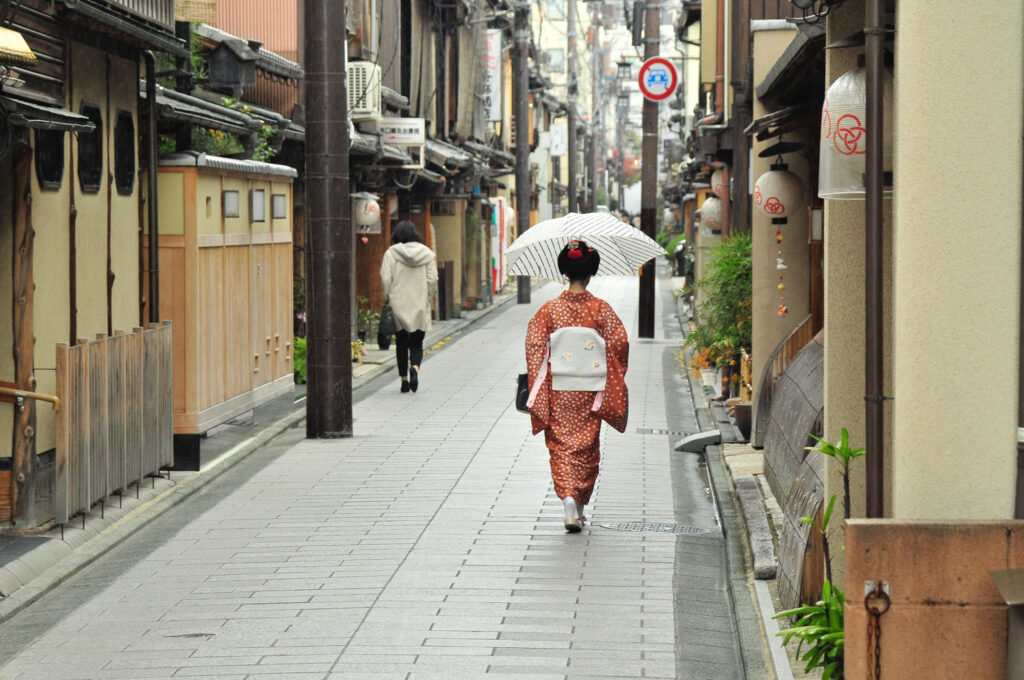
Geikos
After they become full-fledged Geikos, they must pay off their debts to the house mother, who will get them jobs and find them clients. Many girls dream of becoming Geikos despite it being a rather ancient occupation. Geikos are now becoming famous on the internet, and young girls dream of becoming instant-famous. Just like girls in North America look up to celebrities, girls in Japan look up to these elegant professional party girls. If you see a Maiko or Geiko in the streets, be respectful. They don’t mind if you take a picture, but they won’t stop to chat. If they’re on the street, they are on their way to work and don’t have time to dillydally. Let them go their way, and just allow yourself to observe their majestic presence.
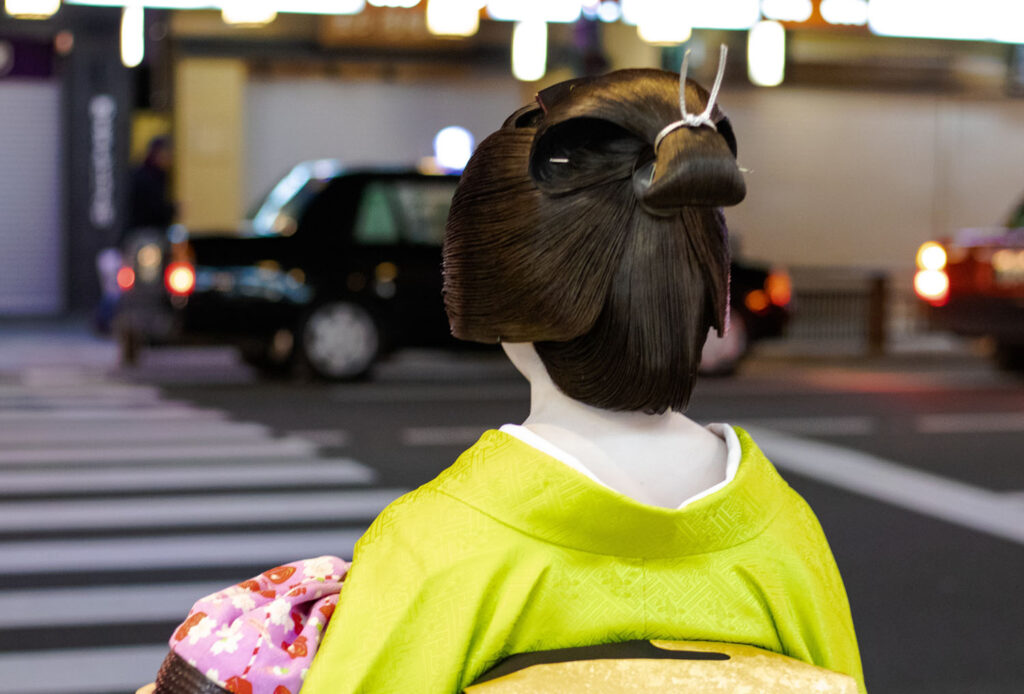
Patisserie Gion Sakai
Past Ichiriki-tei, stop in at Patisserie Gion Sakai. Gion is famous for its sweets. Nothing was better for a Geisha to bring a samurai than a sweet treat. Patisserie Gion Sakai is found inside a traditional wooden-style townhouse. While there are various other things to try, I’d go right for the fluffy cake rolls filled with sweet cream. Some of their more traditional flavours include plum, blood orange and matcha.
Hanamikoji North
After the show, head north along Hanamikoji; many of the houses along the Hanamikoji north of Shijo-dori are old merchant houses. These charmingly preserved townhouses represent the architectural style of ancient Imperial Kyoto. They have been here for centuries and once would have served the ancient samurais. These days not all the shops on the street cater to knights of the empire. You can find some well-priced restaurants along one of Kyoto’s famous laneways.
Maiko Lessons
Along Hanamikoji north, see if you can spot one of the Maiko Lesson Boards. These boards aren’t identified with large signage, so they’re a little hard to spot, but they can be found if you know what you’re looking for. Look for a large green board with a chart covered in vertical, white Kanji letters. This is their agenda for the day, saying which classes they need to attend with what teachers are around town. Maikos will stop here throughout the day to see where to head to class since their classes can be found all across Gion in unassuming townhouses instead of one schoolroom. The entire life of Geisha is one of secrecy and illusion, and even their classes reflect this.
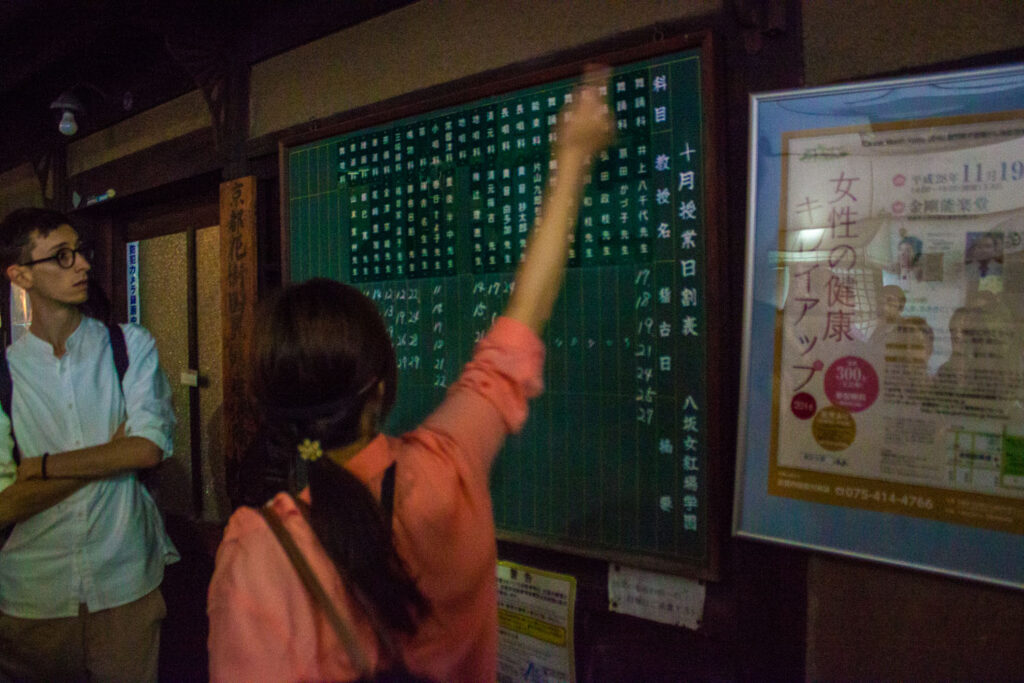
Gion Tatsumi Bridge
At the end of Hanamikoji, you’ll come to the Gion Tatsumi Bridge. This bridge is one of the most iconic places for a picture across the Shirakawa Canal. On either side of the canal, you’ll find willow trees whose leaves hang over the water and onto the street, creating a soft, green canopy. Truly one of the most spectacular places in Kyoto. During the day, this bridge can be overrun, but at night you are likely to find it all to yourself.
Tatsumi Daimyojin Shrine
On the other side of the bridge, you’ll find the Tatsumi Daimyojin Shrine. This tiny neighbourhood shrine, almost completely obscured in darkness at night, is frequented by many local Geishas. Besides the shine is a stone inscribed with a poem by the famous poet Isamu Yoshii. It was made to honour the artist since he greatly loved Gion. The poem reads:
No matter what is said
it is Gion I love.
Even when I sleep
beneath my pillow
the water flows…
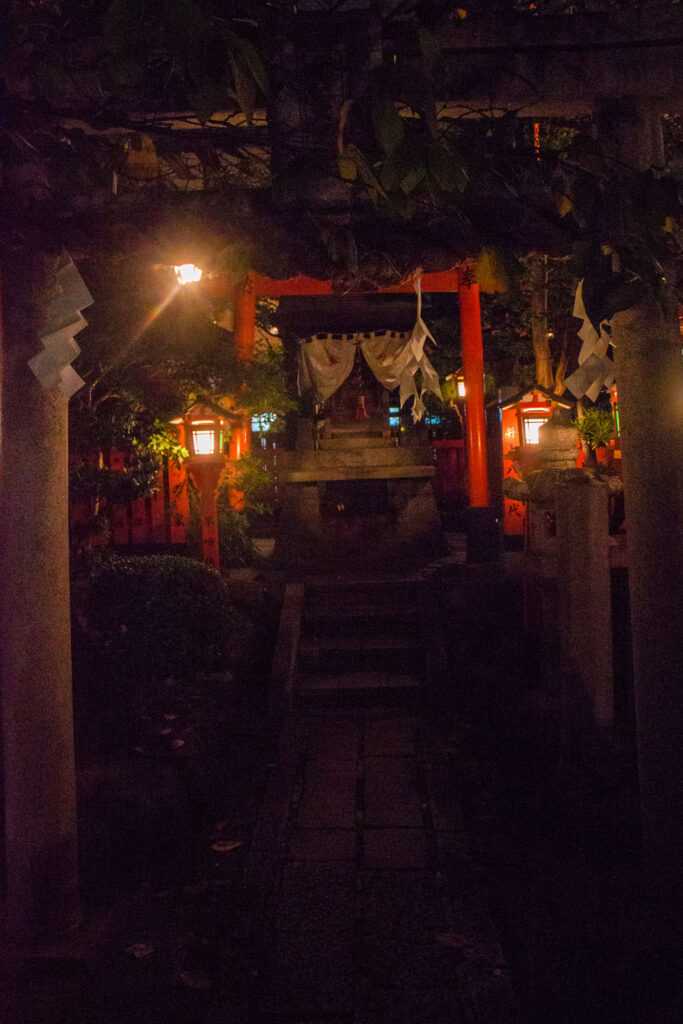

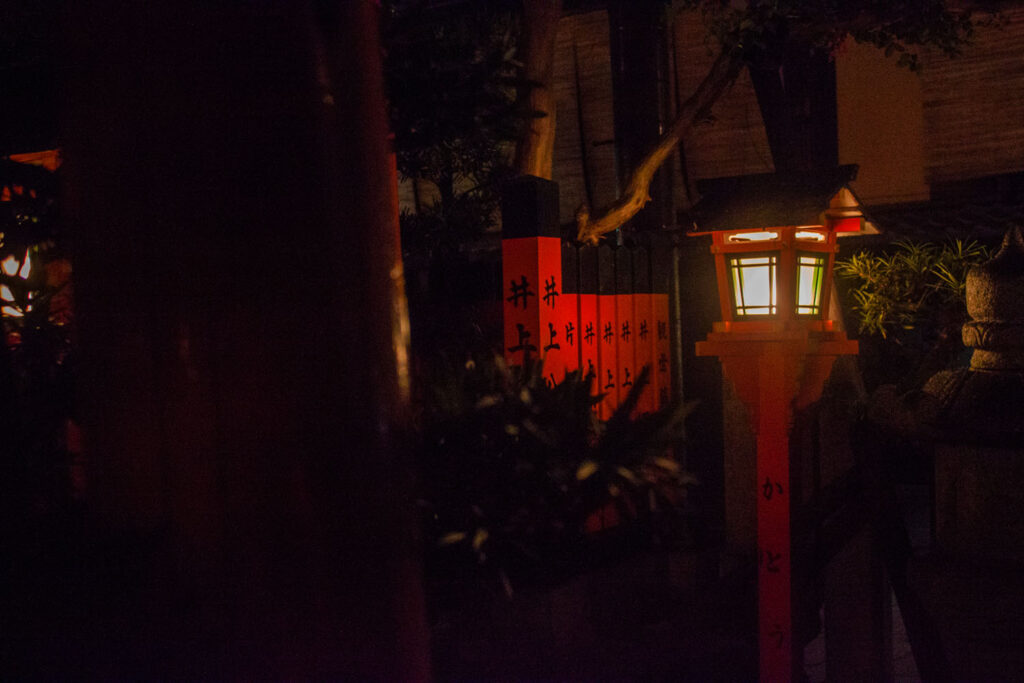
Shirakawa Canal
Walking along the Shirakawa Canal is a great place to wander, away from the hustle and bustle of the main street. Some of the city’s most exclusive eating establishments are located along this canal. If any celebrities are visiting the city, you’ll surely spot them here. While the canal is gorgeous to view during the day, there is something extraordinary about seeing it at night, when the trees are alight, and the sparkling stars reflect across the water. Only your footsteps on the stone sidewalk echo across the street.
Kyōto Minami-za Theatre
Head back down towards Shijo-Dori now that night has fallen. Turning back onto the part of this street that we haven’t yet explored, check out the Minamiza Kabuki Theater. At night this theatre is a beacon of light in the darkness. The Minamiza is the best kabuki theatre in Kyoto. It was founded in 1610, but the one you see standing here today is a reconstruction from 1929. Kyoto is the birthplace of kabuki, and there is no better place in the world to see kabuki as a first-timer or experienced veteran. Kabuki is much like European opera but with a Japanese twist that includes more drama, colours and spectacle!
Temple of Chugen-ji
Near the Kabuki theatre, down the cobblestone streets next to the Kamo River, we find the tiny Temple of Chugen-ji. You’ll discover ‘Jizo,’ a Buddhist guardian saint, inside this temple. But this Jizo enshrined here is extra special. During the great floods of 1228, the people of Gion prayed to Jizo to save their town from the rising waters. People claimed they saw Jizo physically saving people from the flood and saw him stop the rain. This temple is dedicated to the god who saved the town; perhaps without his intervention, it wouldn’t be here today.
Kamo River Bridge
Head across the Kamo River Bridge and take a moment to look across the water. The Kamo River has served over the years as a place of great importance for the people of Kyoto. The river was diverted in the 8th century to ensure the new course past the town’s new capital Heian Capital (now called Kyoto). The river was not only a place for the locals to get their drinking water. Still, it was where many of the local fabric makers would come to dye their beautiful fabrics. Pottery makers would begin to get supplies for their work, two iconic symbols of Kyoto craftsmanship.
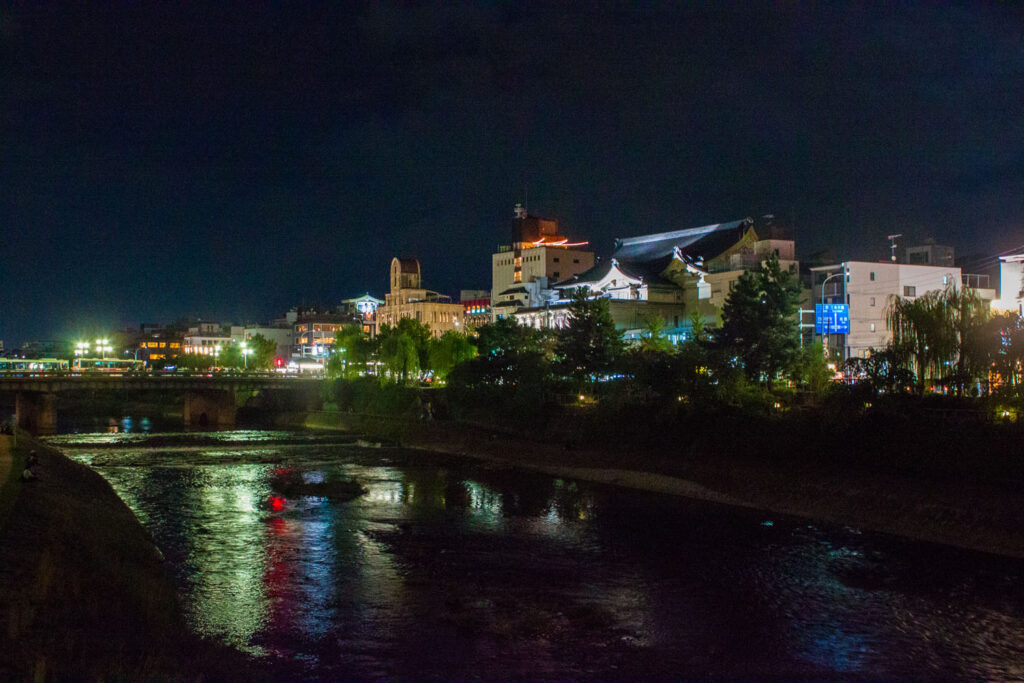
Pontocho Alley
Across the bridge, you’ll come to Pontocho Alley. This narrow alleyway, marked with a simple wooden sign, runs parallel to the Kamo river. The fancy restaurants overlook the river bank on the right, and the less pricey, more authentic restaurants are off to the left. Although this street feels a bit dingy during the day, at night, it comes alive with paper lanterns, neon signage, and music pouring out of the nearby clubs. There are a few elite theatres around here where Maikos and Geikos perform, so if you didn’t spot one on the other side of the river, this might be your chance to see one here.
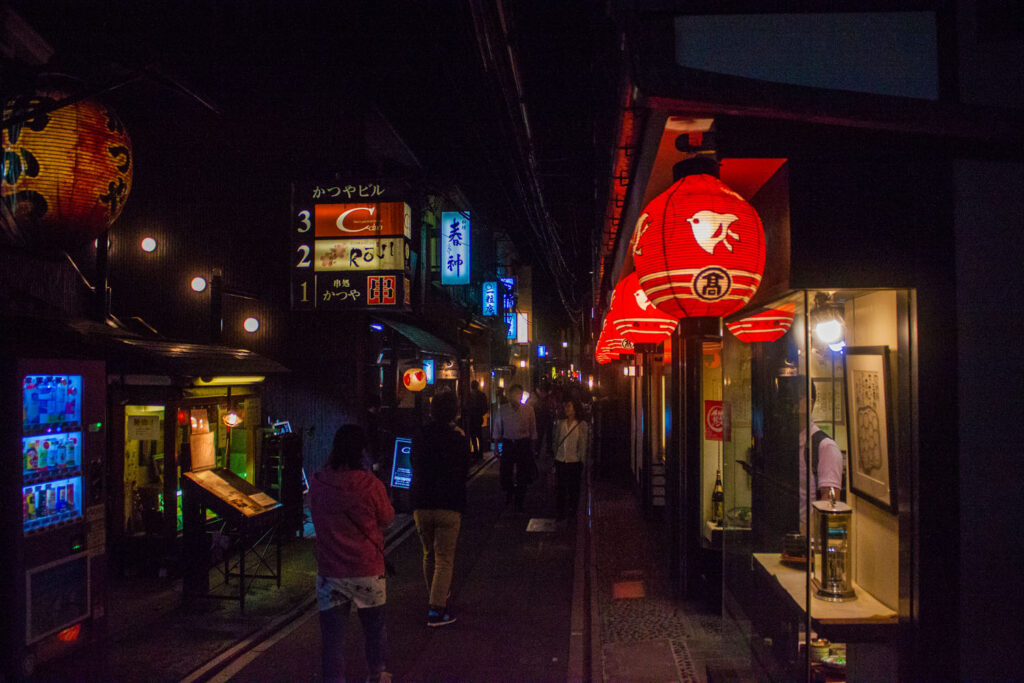
Torisei Shijo Kiyamachi
If you’re looking for somewhere to eat, head to Torisei Shijo Kiyamachi, where they serve traditional yakitori. They have a great selection of different kinds of yakitori (food on skewers cooked over a charcoal grill) for reasonable prices. Plus, you have a great view of the cooks at work which is like having dinner and a show!
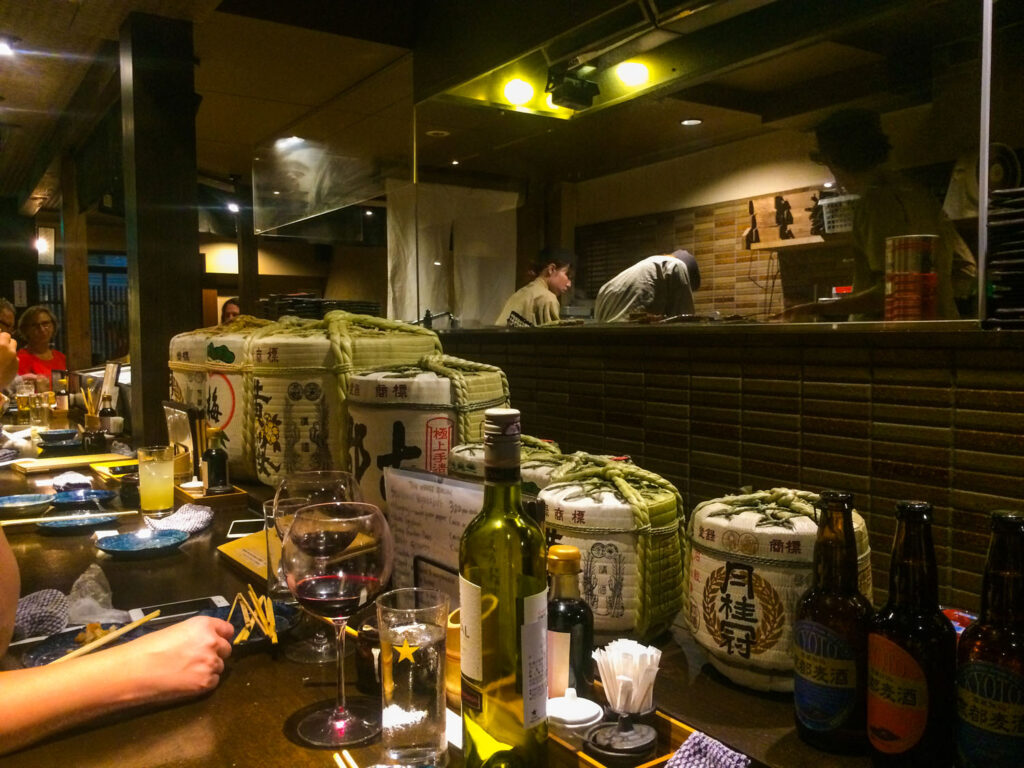
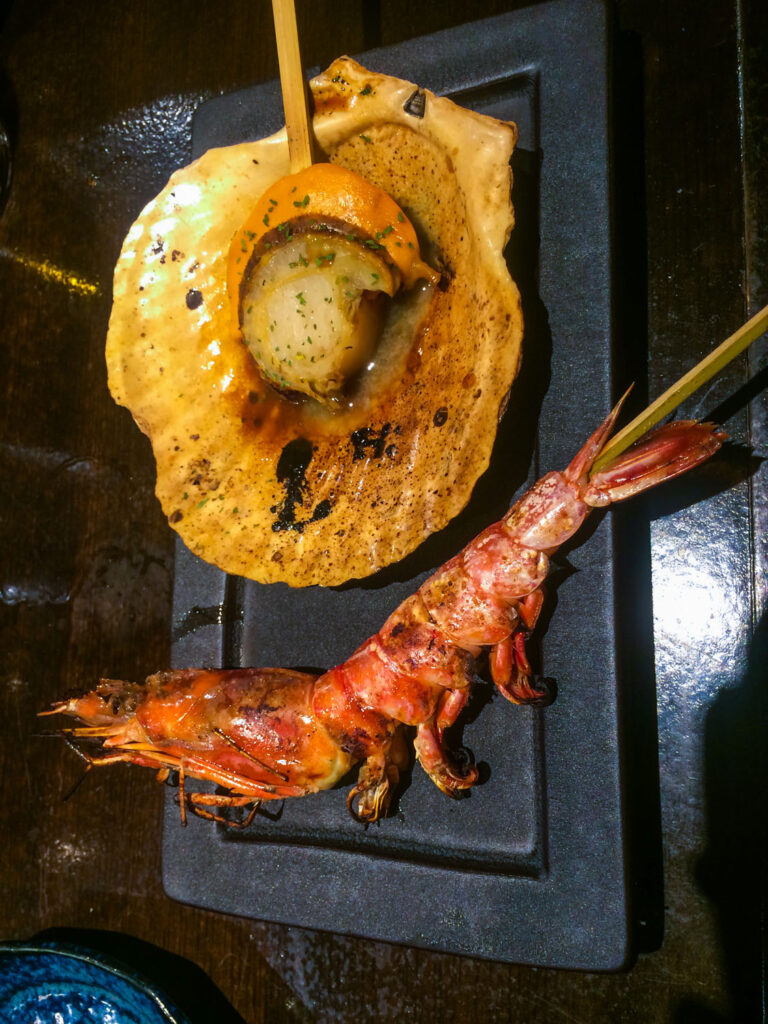

Kiyamachi Dori
Making your way down the southern part of Gion, take a walk down Kiyamachi Dori. Kiyamachi Dori is another historic street in Gion. The road is located along the embankment of the Takase River, which was actually a man-made canal made in 1586 when a wealthy merchant decided to dig it out. He wanted to create a new waterway to bring in stone and other materials from Fushimi into Kyoto. Although the canal was taken out of service in 1920, it still makes for a scenic walkway; at night, a vast stretch of the street is dazzlingly illuminated. This is the perfect and most peaceful place to end your tour in this historical area of Kyoto.
With this guide, you can head out and explore Gion on your own, at your own pace and venture off from the large tour groups, which can make what should be a quiet, relaxing stroll into a fierce and crowded experience. Plus, you can follow your instincts when you go on your own; if something looks interesting, go off the path and check it out! You might be surprised by what you find around the next corner.
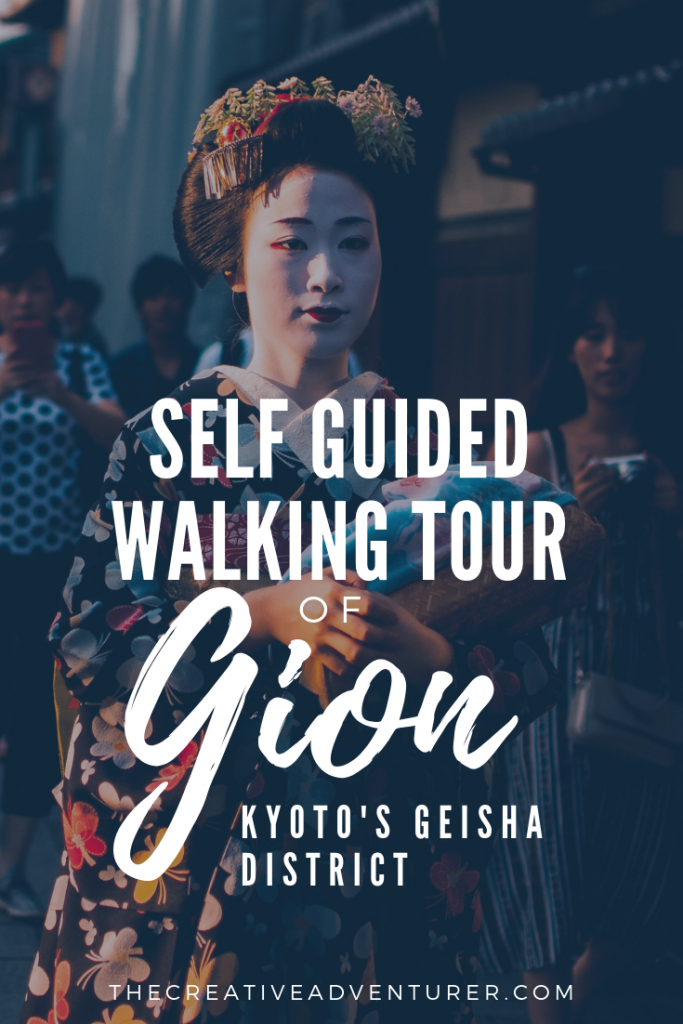




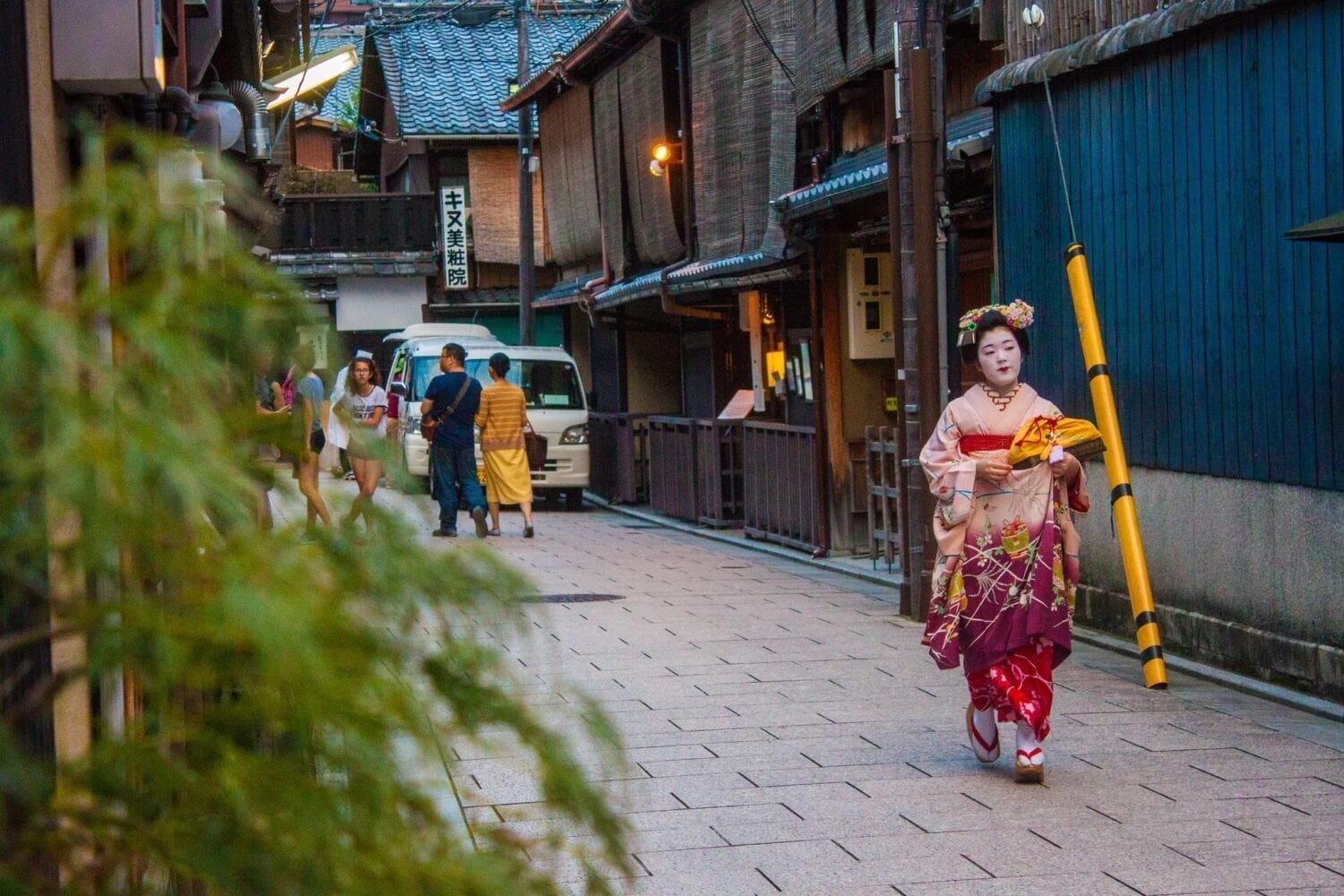
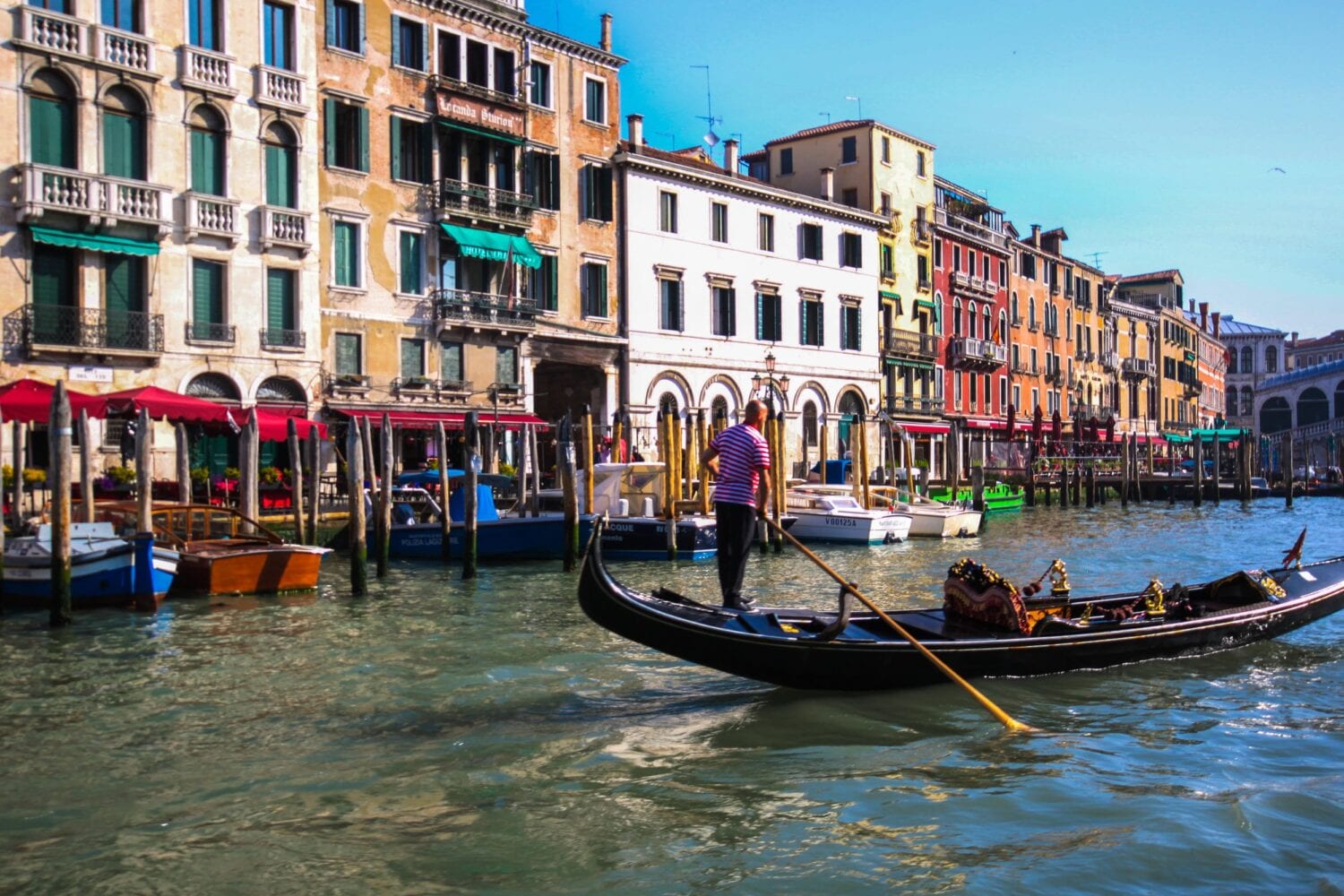
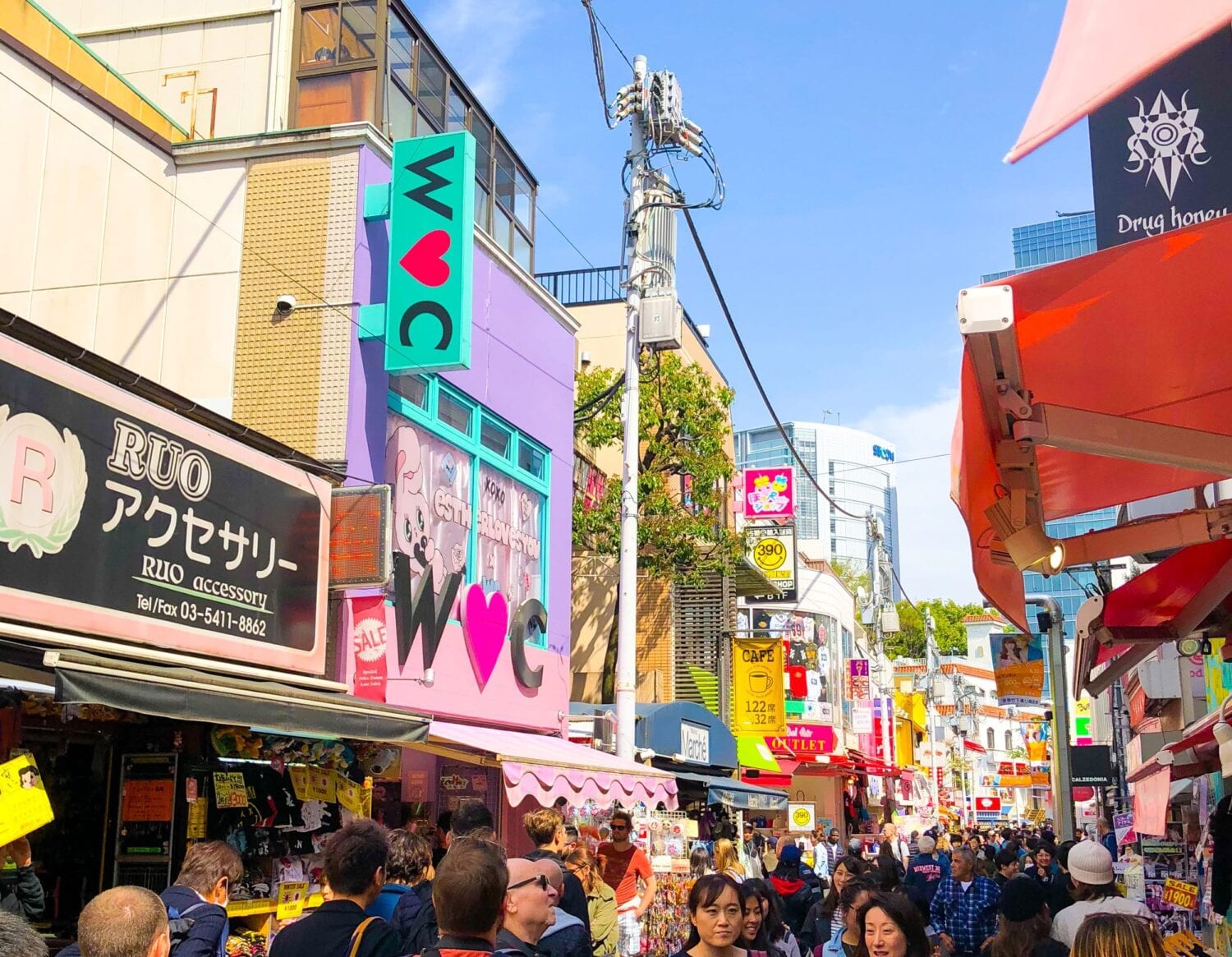
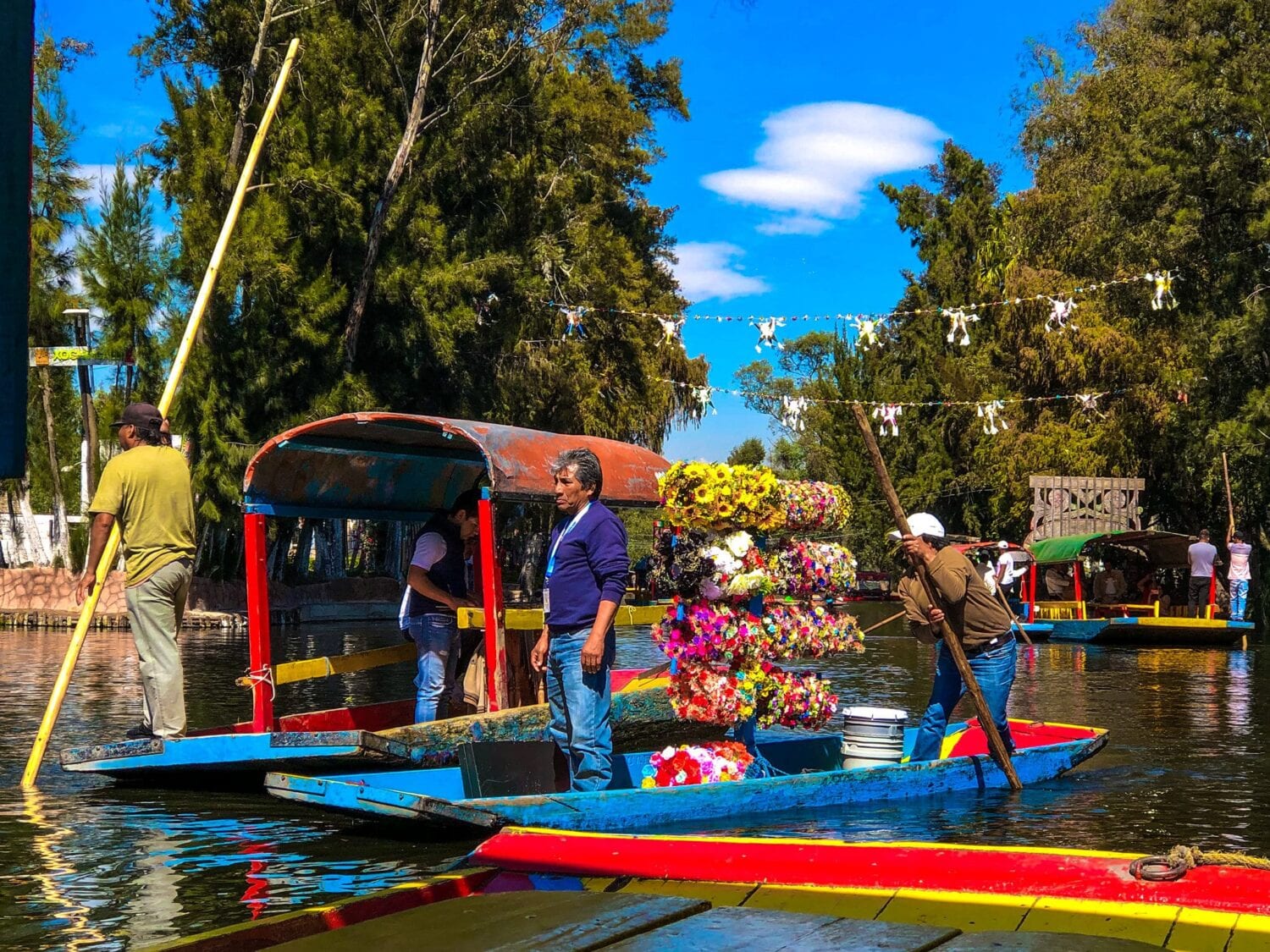
2 COMMENTS
Gabriel
1 year agoHey! Just passing by to praise you and thank you for this thorough and we’ll planned post, and mixing it with the Google Maps itinerary you created. It was very comprehensive and interesting and great to follow along, which I’m just coming back from doing. So thanks for the great job!
Best!
Steve
1 year agoThank you!!!